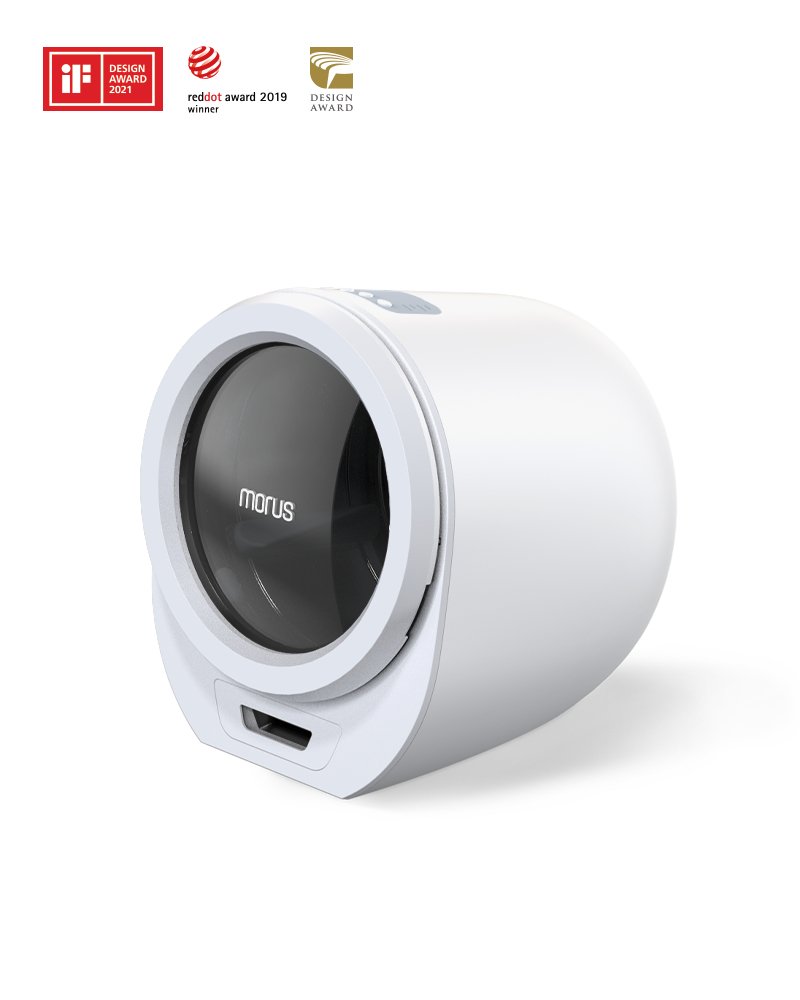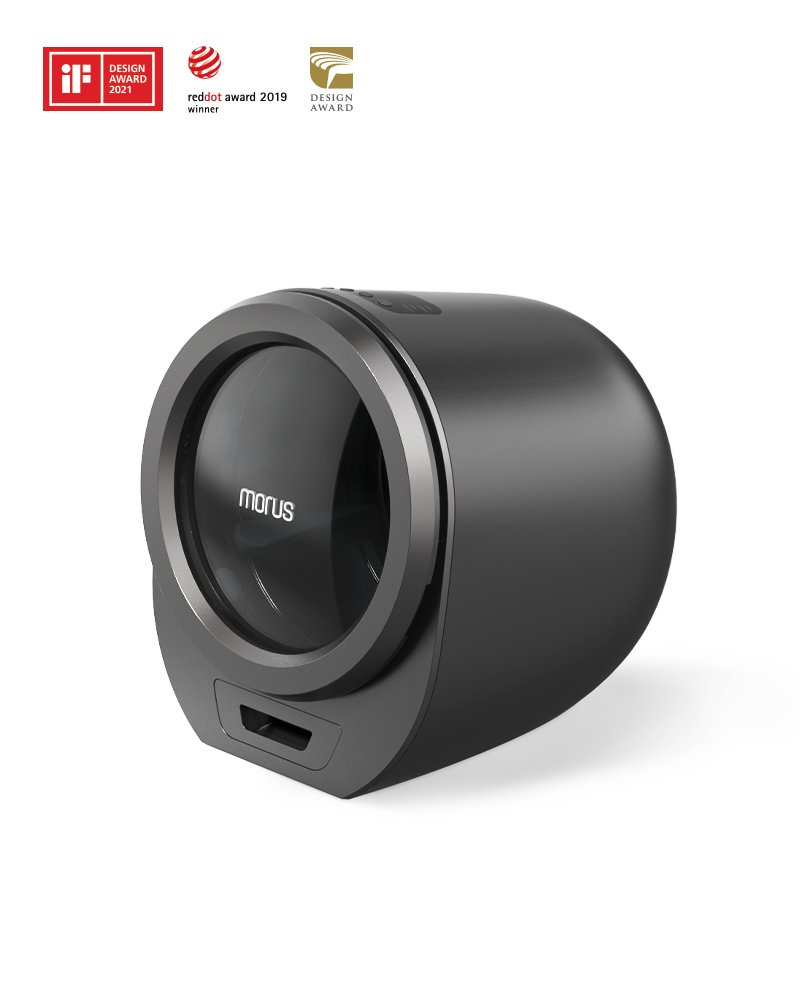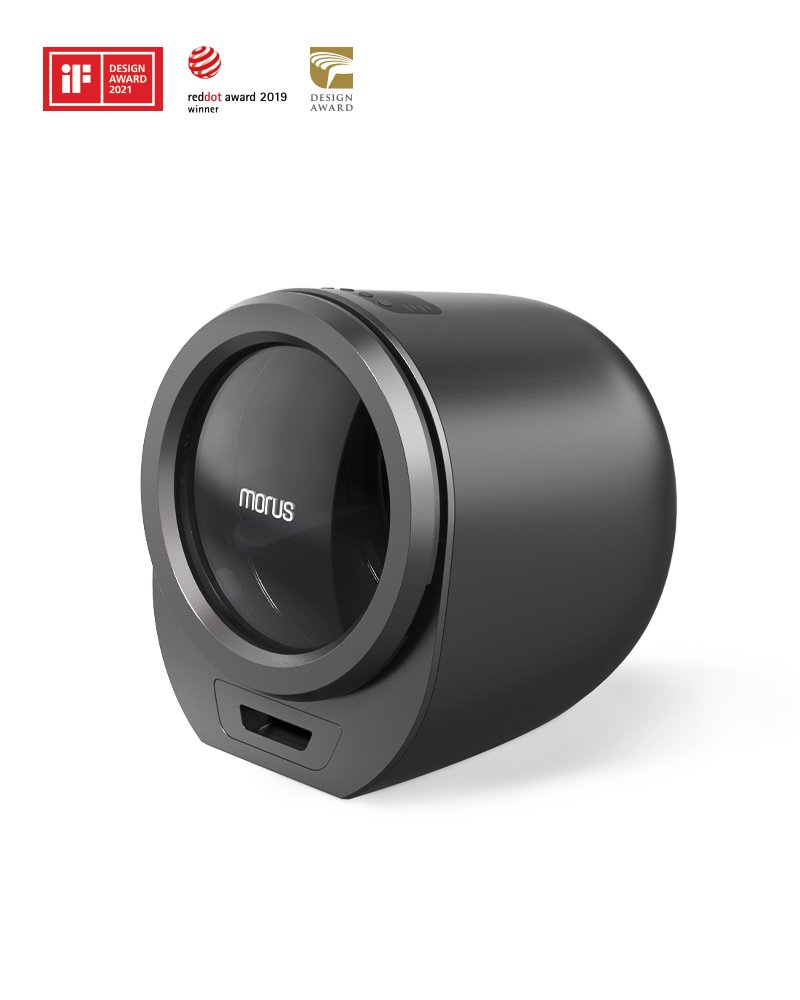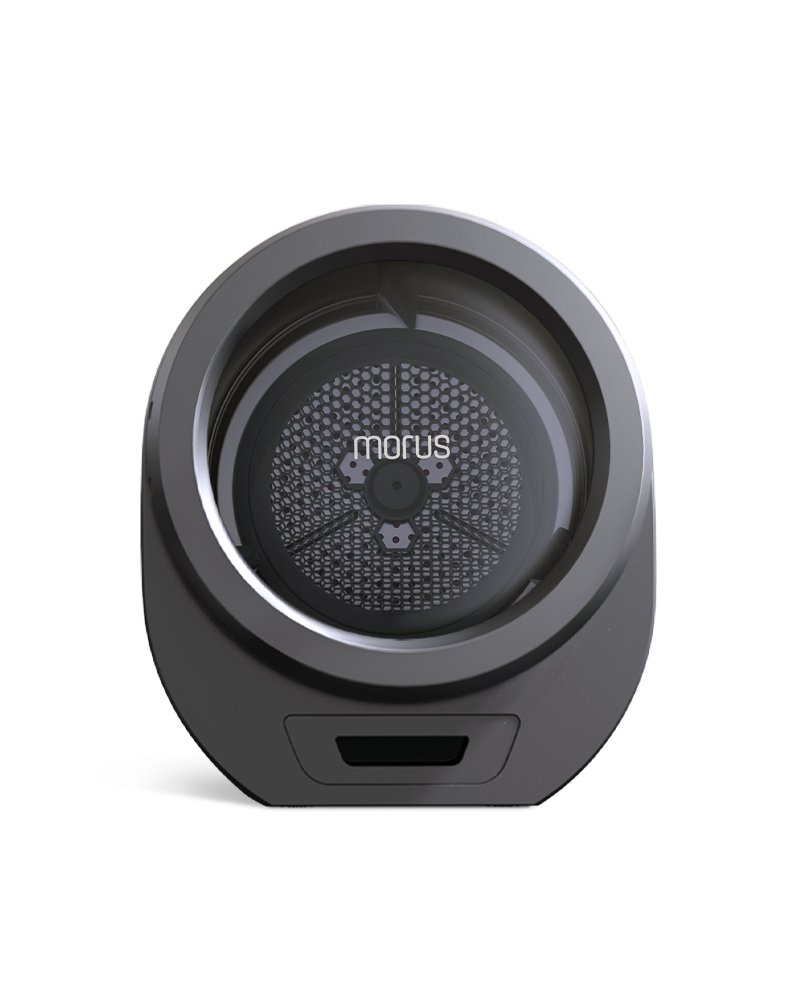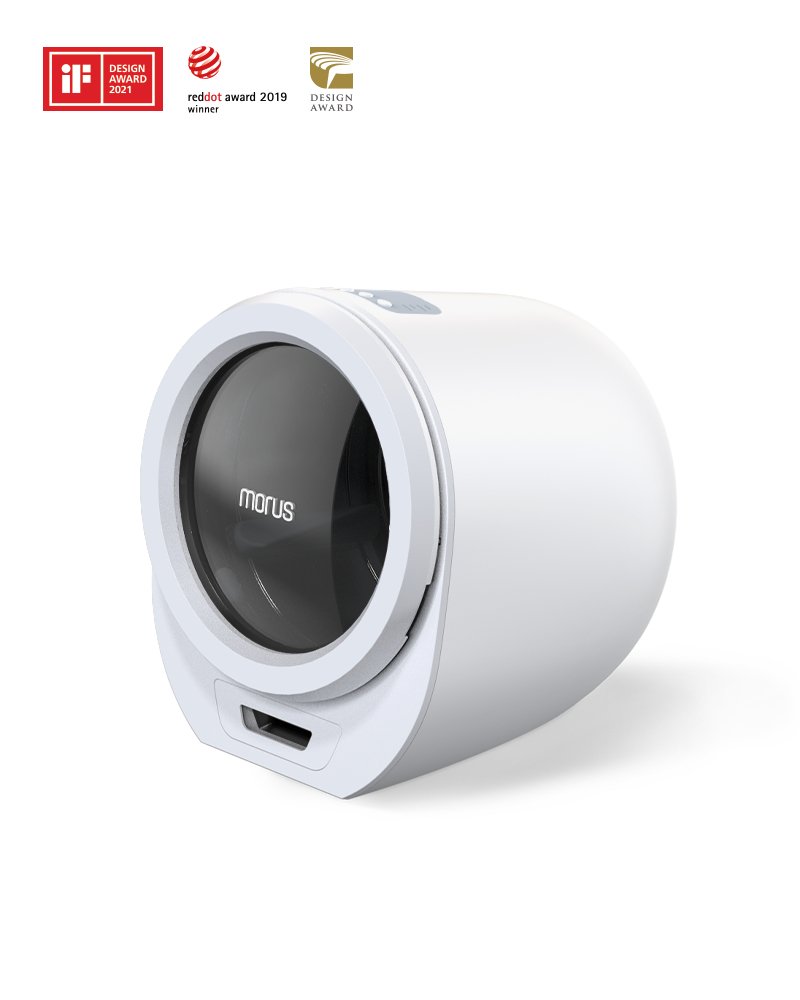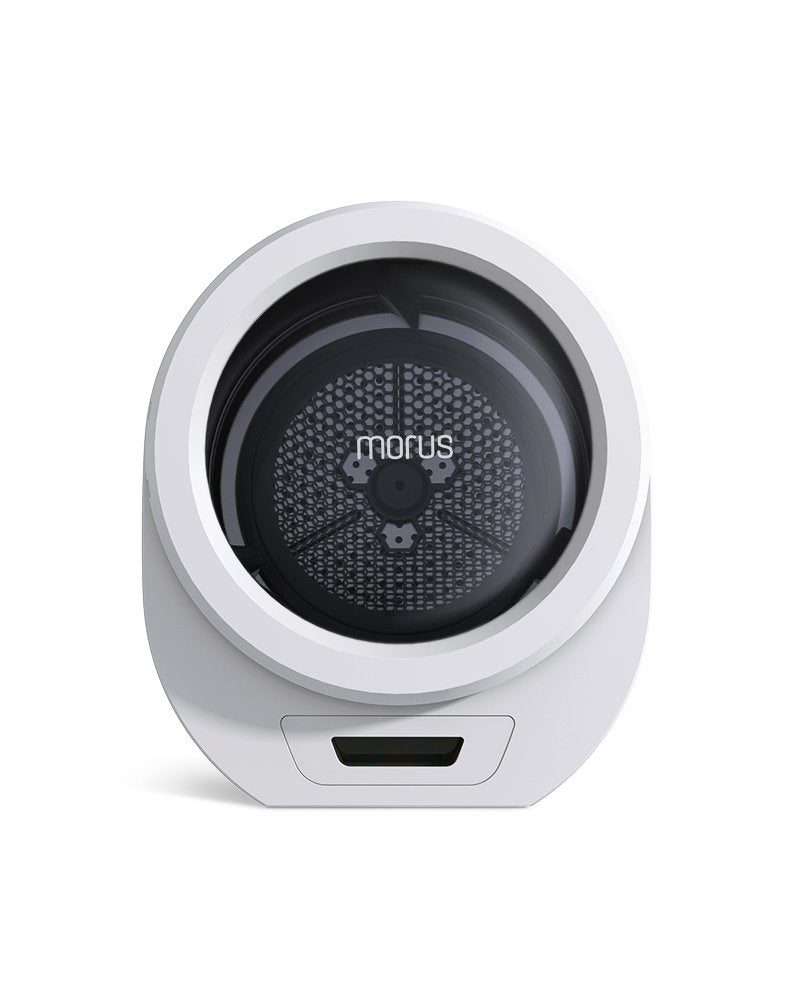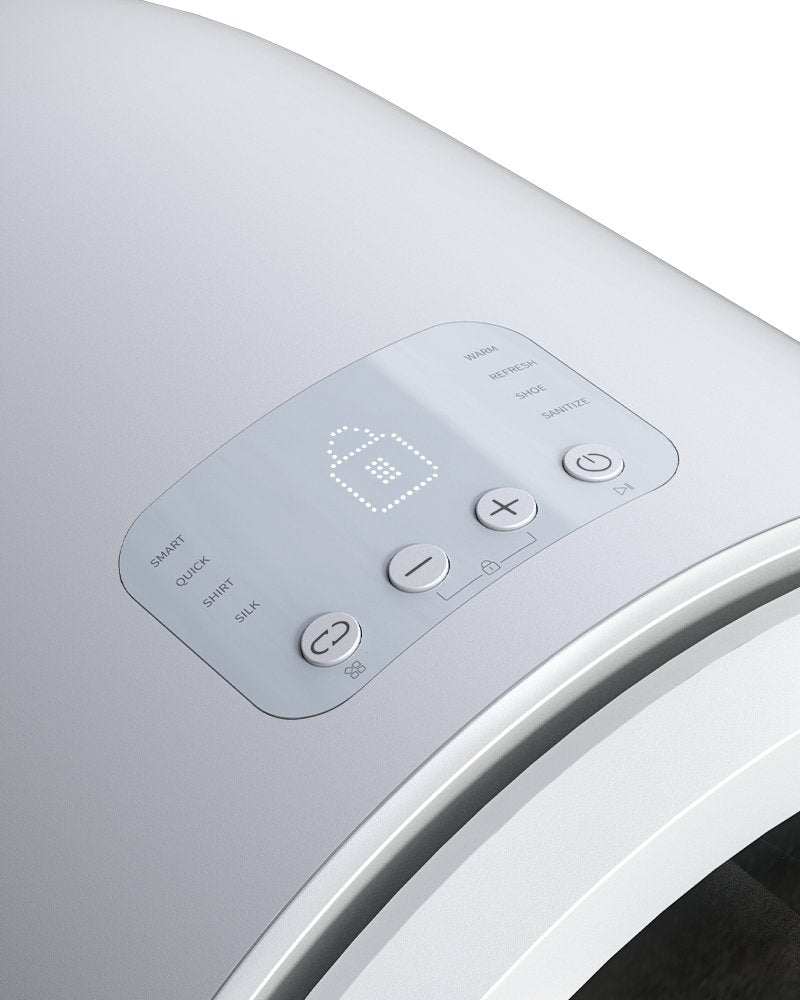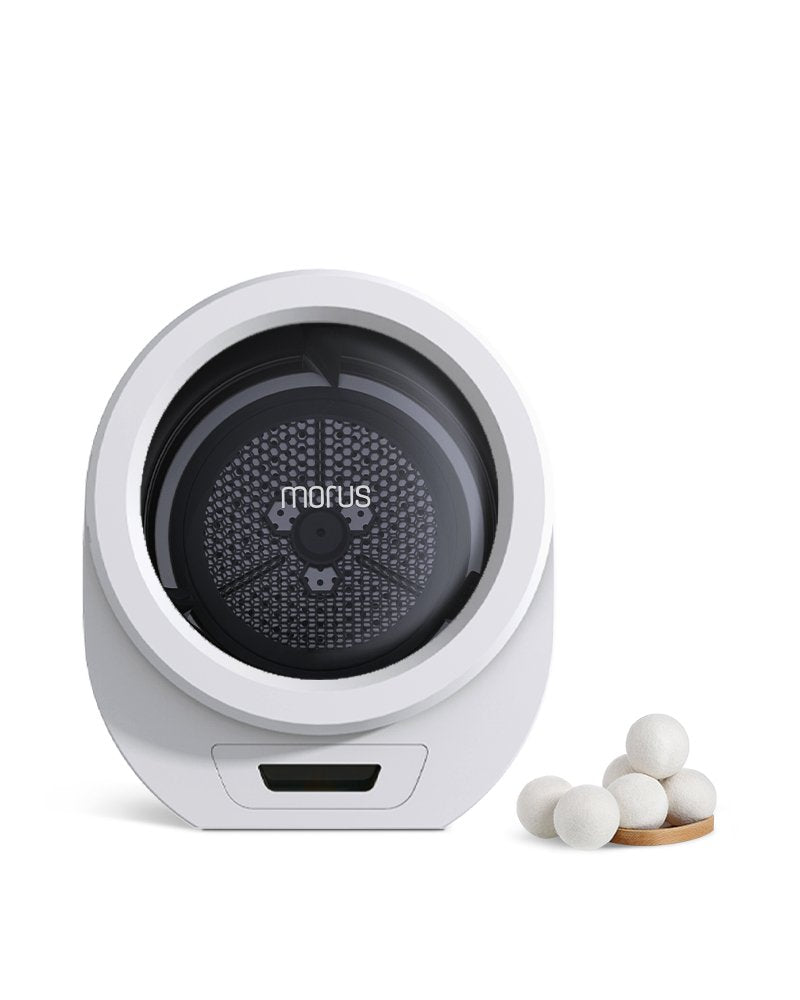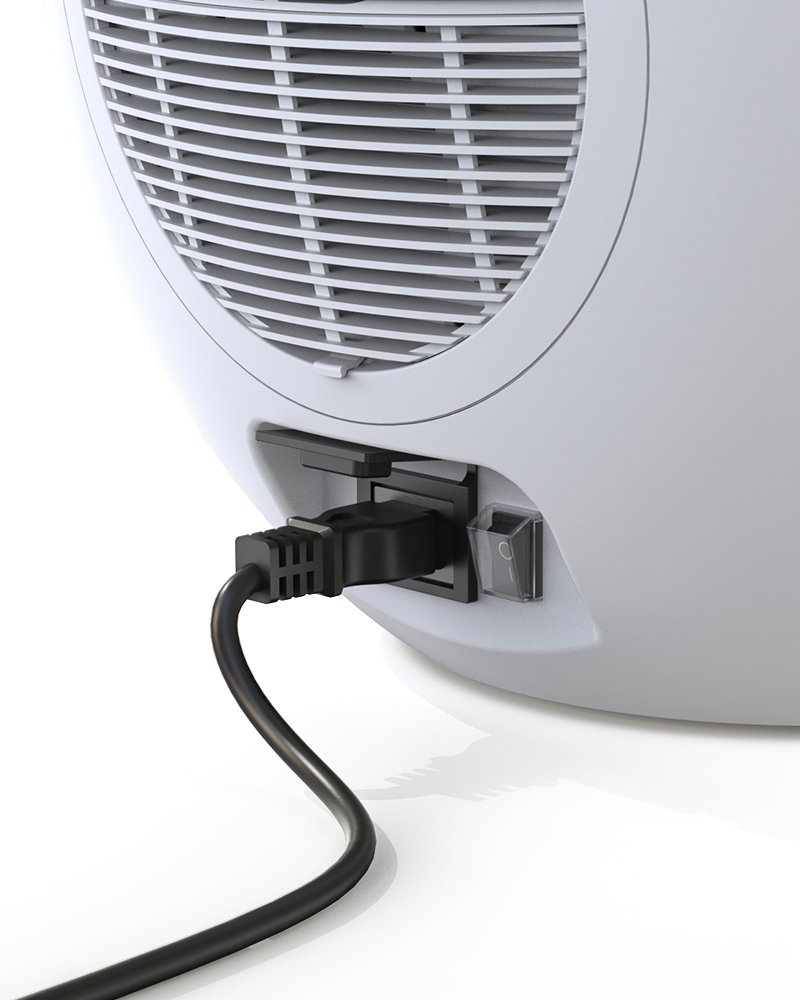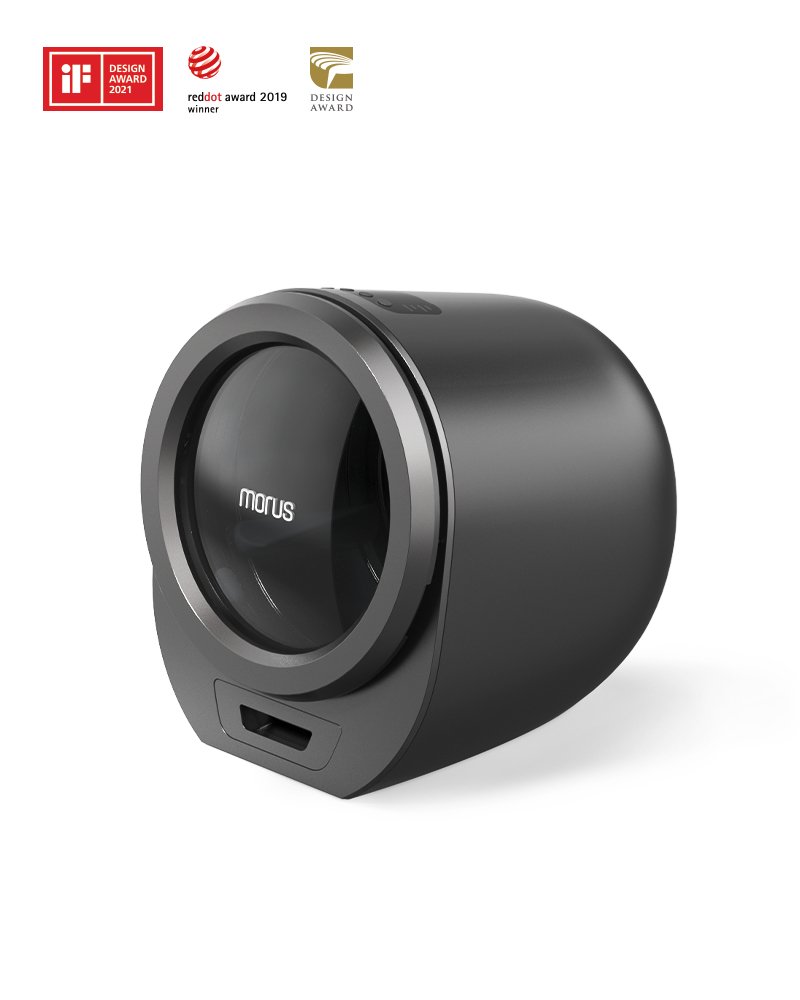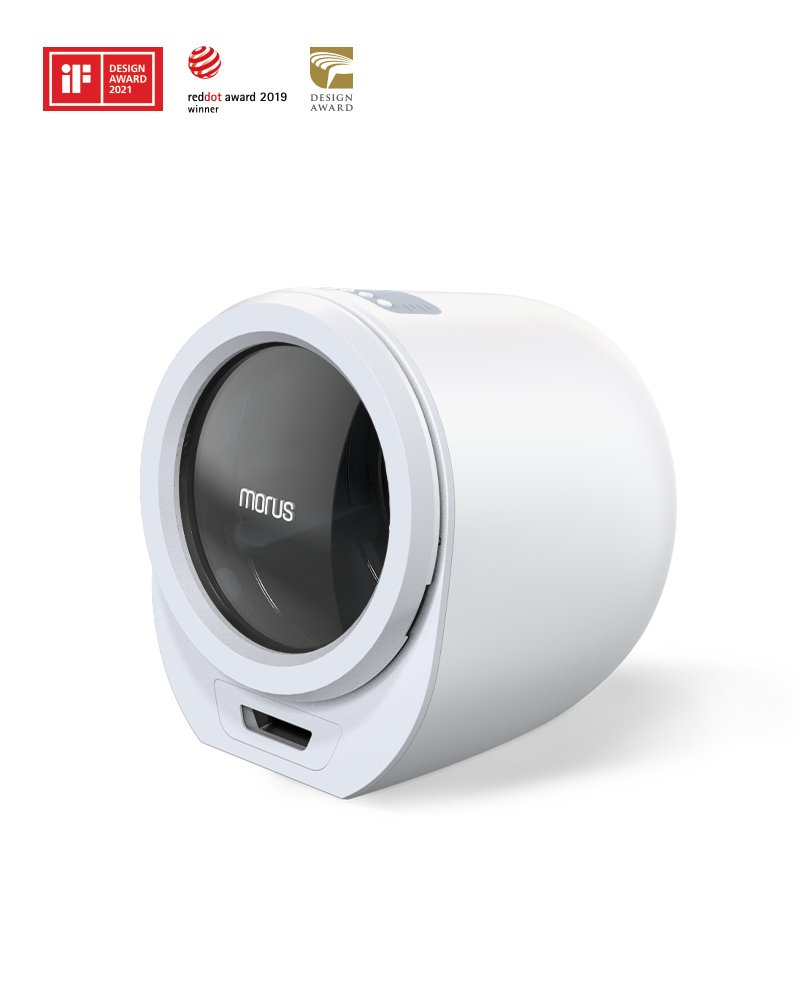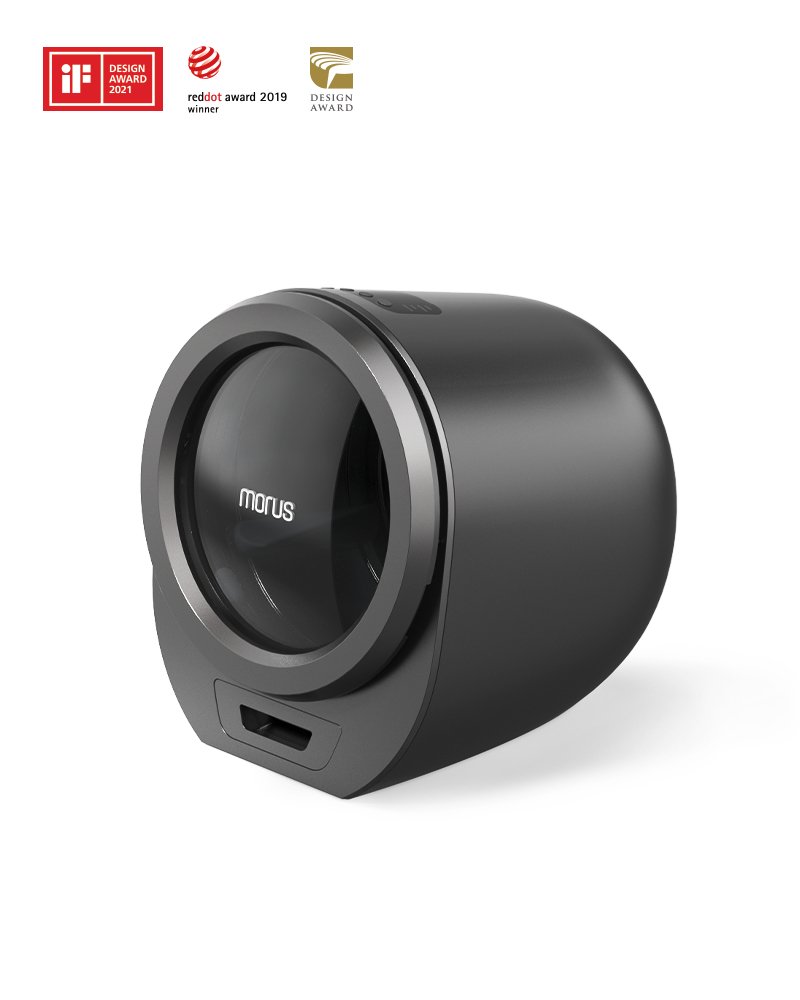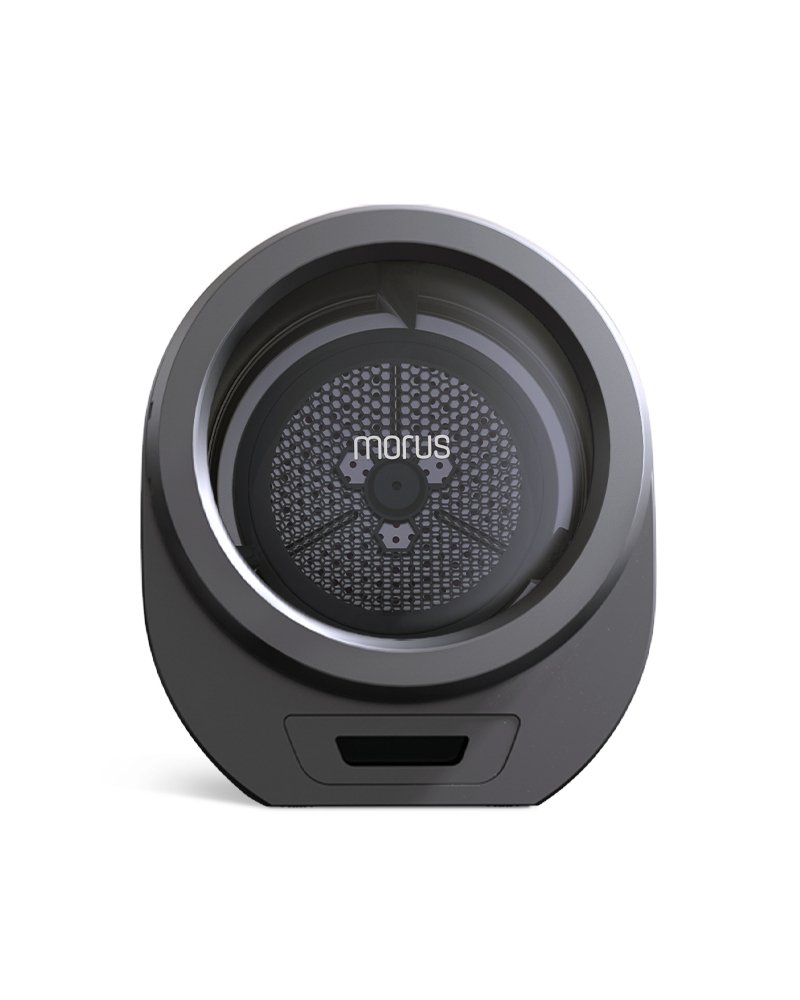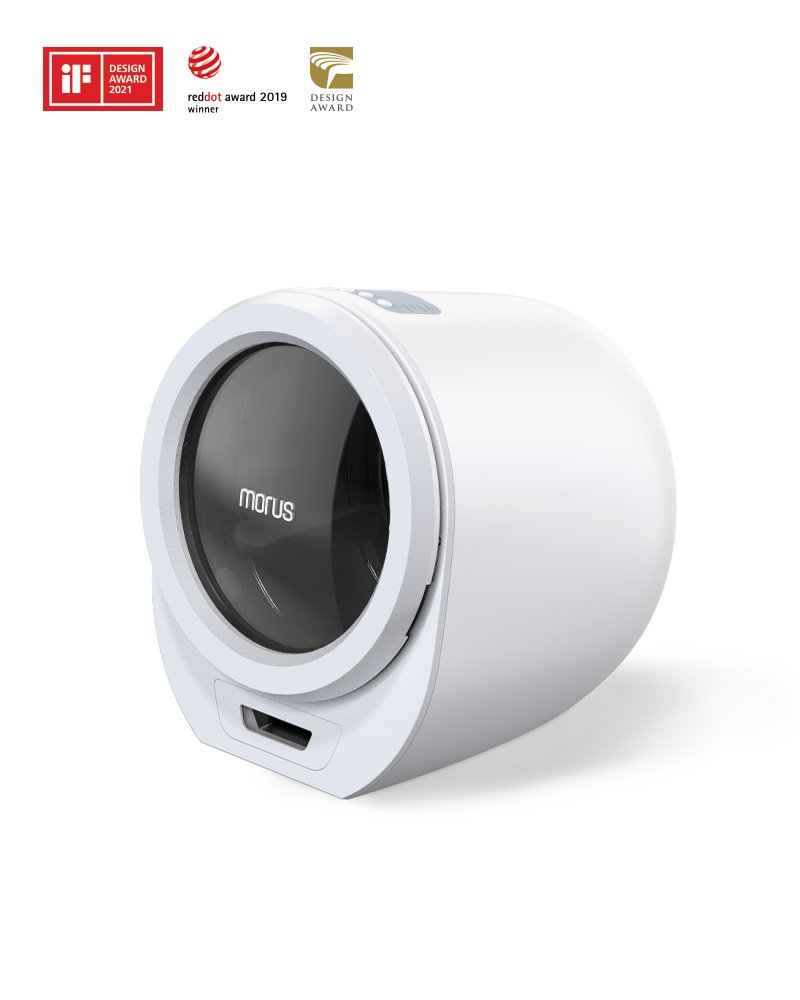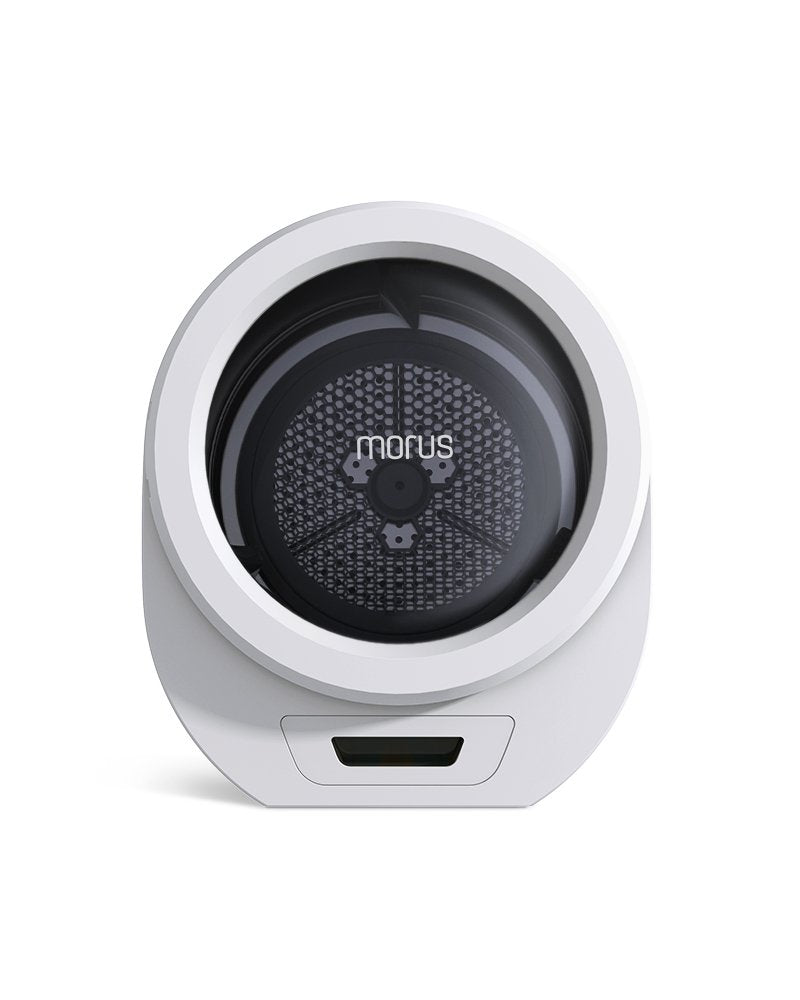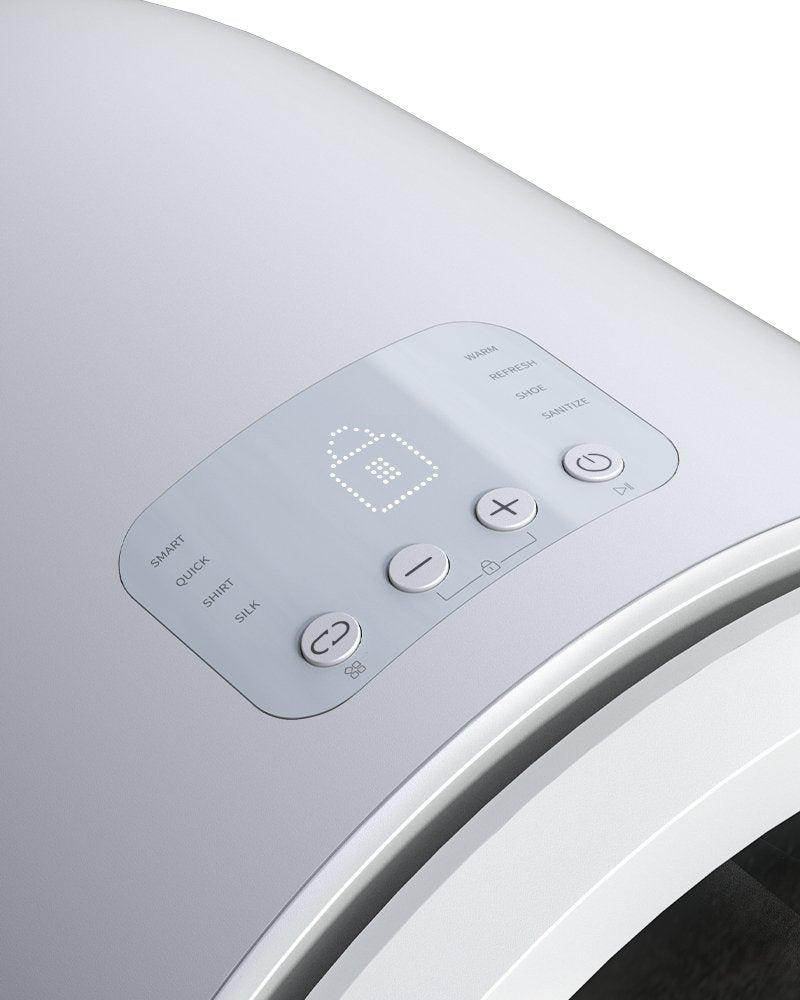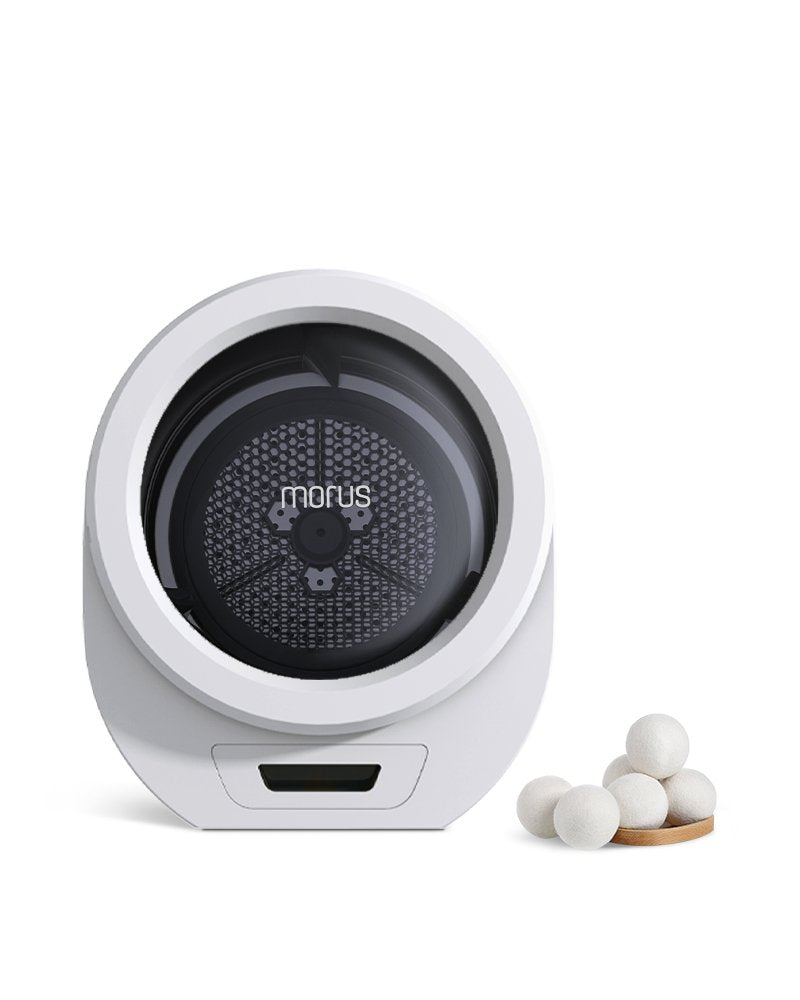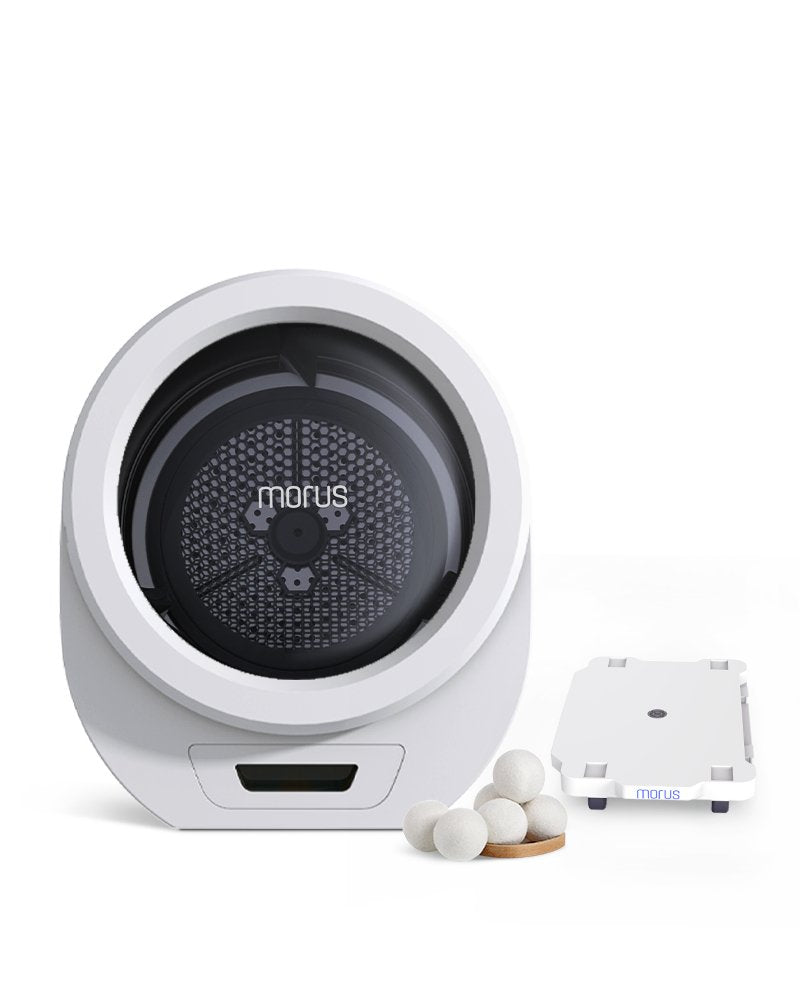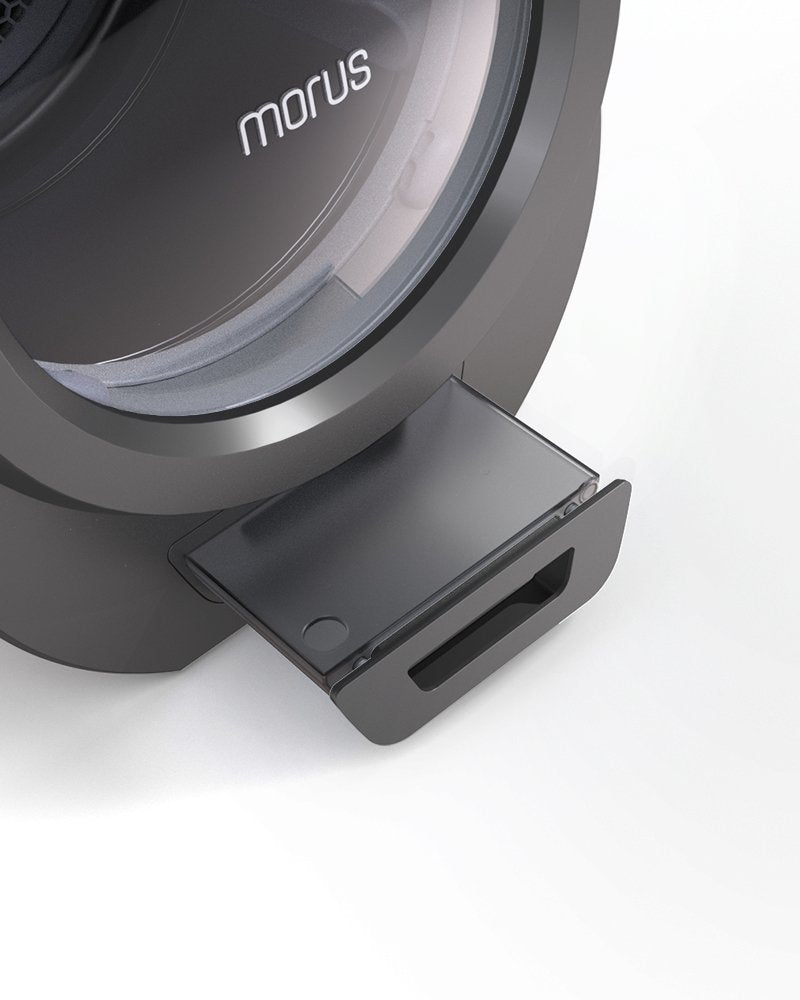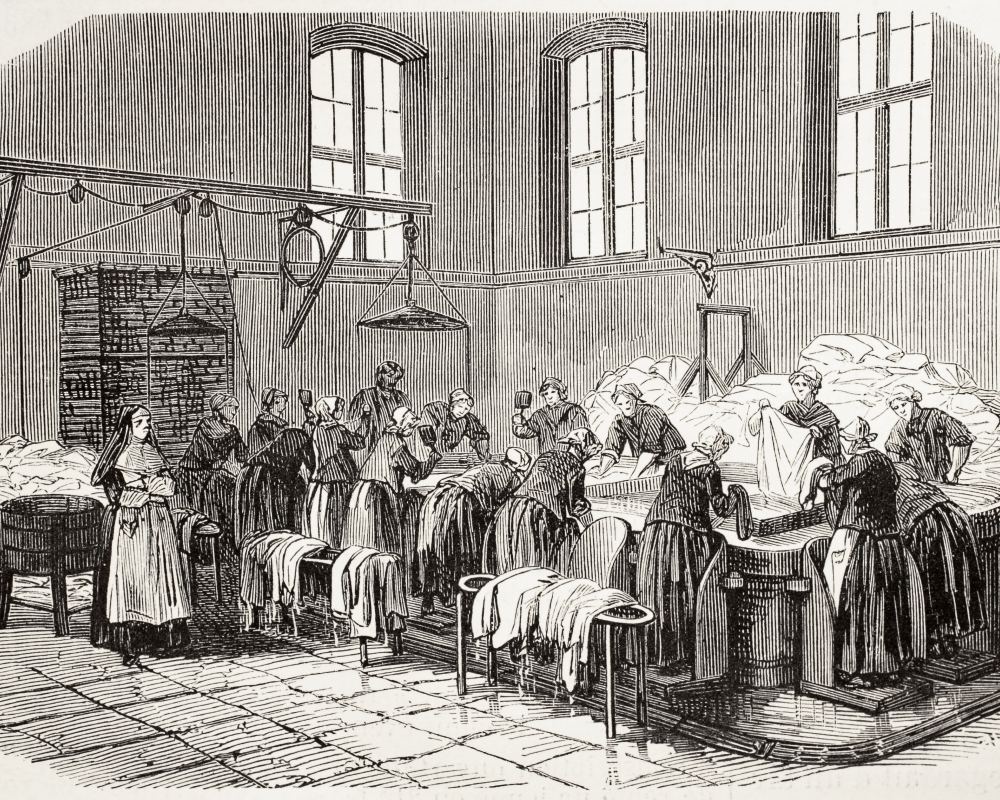
How Did The Portable Dryer Evolve? 2023 Complete Guide
Morus InnovationNavigation
Introduction
| Time Period | Laundry Methods |
|---|---|
| Ancient Rome | Fullones specialized laundry services, use of urine as cleaning agent, clothes left in open air to dry. |
| Medieval Europe | Rivers used for washing, clothes beaten with bats and boards or pulled over rocks, clothes laid out on grass to dry. |
| Late 1700s | Invention of the first washing machine with wooden cages and handles for turning. |
| 1920s | Introduction of white enameled metal sheets and built-in water heaters in washing machines. |
| 1950s | Streamlined washing machines with timers and spin-dry features, rise of electric dryers. |
| Modern Era | Introduction of ventless dryers, portable clothes dryers, and energy-efficient drying solutions. |
| Future | Morus Zero portable clothes dryer offering compact, fast, and environmentally responsible drying solutions. |
Laundry has always been a physically demanding and time-intensive household chore that often leads to exhaustion. Formerly, the process of drying clothes chiefly relied on natural elements like wind and sunlight. However, technological innovations have remarkably transformed the drying process, rendering it more expeditious and efficient.
Nowadays, one of the most widely employed devices in laundry is the portable clothes dryer, and Morus is the TOP one. It has undergone a progressive improvement, starting from the bare-bones drying techniques of the past, right up to its current state-of-the-art and more facile designs. This article keenly examines the journey of innovation that culminated in the creation of the portable clothes dryer, emphasizing its outstanding contributions to simplifying daily household chores.
A brief history of laundry
Laundry is a daily, sometimes even an hour, occurrence in our lives. It is mind-boggling, however, to think of a time when there was no washing machine, and every piece of clothing had to be washed by hand. A look back at the history of laundry highlights the innovative ways that ancient societies adapted to this chore.

In ancient Rome
The Romans were an impressively inventive society, and this was no different when it came to laundry. Specialized laundry services, known as Fullones, existed to take care of Romans' laundry. Fullones were in charge of washing and drying mainly woolen clothes. They would use their feet to stomp out any dirt, and they would whiten the cloth using sulfur or white earth.
One of the most disgusting parts of ancient Roman laundry was their use of urine – which was collected from public latrines because of its ammonia content – as a cleaning agent. Soap wasn't widely available until much later. Once clothes were washed, they were left in the open air t dry, and the nap of the wool was raised using the skin of a hedgehog or a thistly plant.
Medieval Europe
During medieval Europe, rivers were an important resource for laundry. While some wealthy people had access to laundry services, most people had to wash their clothes themselves. There were no washing machines, so they would have to take their clothes to the river and beat them out using bats and boards, or by pulling them over and back over rocks.
This was a backbreaking task and explains why doing laundry took so long. People could go for weeks without washing their clothes, and they and their clothes would stink. Towns, mansions, and textile weavers would reserve an area of grass specifically as a drying green. Clothes and linens would be laid out on the grass in the sun to dry.

The first washing and drying machine
It wasn't until the late 1700s that the first washing machine was invented.
At first, wooden cages with handles for turning were used, but these were often laborious to use.The Victorian era was characterized by the Monday wash – items were washed, pressed, and aired throughout the week and ready for Sunday. By the 1920s, wooden and copper tubs were being replaced by white enameled metal sheets, and some machines even had built-in water heaters. By the 1950s, washing machines had become more streamlined, with timers and spin-dry features becoming more common.
In 1957, the most advanced washing machine was produced, offering five push-buttons to control wash temperature, rinse temperature, agitation, speed, and spin. While their popularity grew in the 1950s, dryers didn't really rise to prominence until around 1960. The history of laundry is fascinating to behold.
From ancient Roman societies to medieval Europe and beyond, humans have devised different ways to wash and dry their clothes.
Modern portable drying
Laundry habits were forever altered following the introduction of the electric dryer in the early 20th century. Since then, the technology and capabilities of dryers have undergone progressions, with current features making the drying process swifter and more efficient.
The contemporary dryer is a far cry from its earlier models, ranging from the traditional dryers to the more convenient ventless variations that are adaptable in any space. It's evident that the dryer has undergone significant transformations since its beginnings.
The future of drying
Morus Zero portable clothes dryer offers an effective approach to apparel drying that surpasses what many conventional methods are capable of. Featuring a compact form-factor and an expeditious approach towards the drying process, this innovative device removes previous obstacles and complications associated with traditional laundry tactics.
For those residing in small-scale accommodations or constantly on-the-go, this one-of-a-kind dryer offers a singular solution, effortlessly delivering accessibility, swiftness, and efficiency. Additionally, users benefit from a transportation-friendly design, allowing effortless mobility and facile storage. The Morus Zero dryer's far-reaching impact is not limited to time and energy conservation, but extends to environmental preservation, emboldening one to nod towards their responsible stewardship of the world.

Conclusion
In conclusion, the advent of the portable clothes dryer has significantly revolutionized the laundering regimen, rendering it expedient, facile, and more productive. Throughout history, from the ancient era of Rome to contemporary times, humanity has tirelessly contrived diverse methodologies to wash and desiccate their clothing.
As we progressively incorporate novel advancements into the laundry industry, we anticipate a future where the laundering procedure will surpass previous standards in ease, promptness, and effectiveness.

